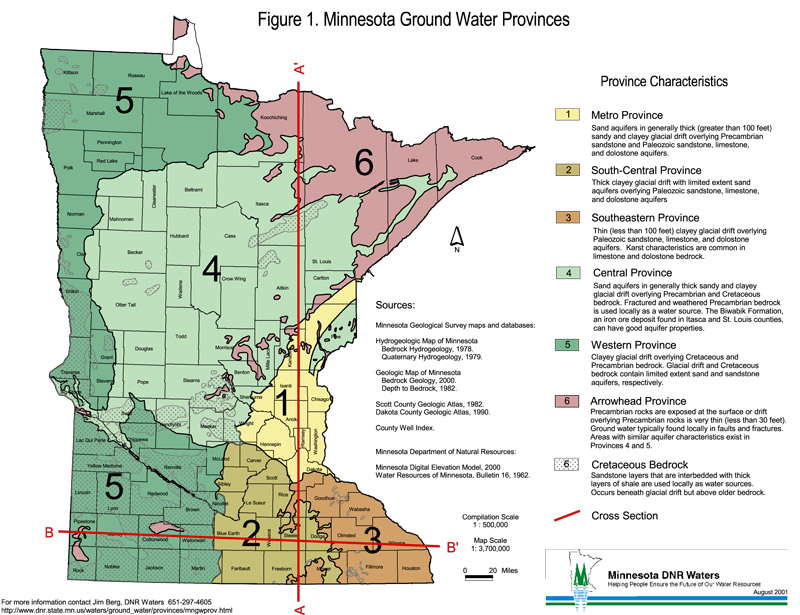Water solutions
After decades of draining, some MN farmers look to put water back
A few Minnesota farmers are testing what may be a better way to irrigate fields and manage water in a changing climate. It may also trigger conflicts.
Minnesota ramps up hunt for arsenic in wells
Minnesota Department of Health officials are in the midst of testing and retesting hundreds of private wells for arsenic, in order to better measure and reduce the effects of the carcinogen. They estimate 10 percent of the state's 450,000 private wells have levels of the naturally occurring arsenic that exceed federal standards.
Farmers aim for more precise irrigation to conserve groundwater, reduce nitrates
A new project measures precise shifts in weather and soil moisture to help central Minnesota irrigators try to limit groundwater contamination.
Minnesota starts to think about re-using wastewater
Treated sewage water is getting used again in a few places, watering golf courses, washing trucks and sweeping streets. The economics in a water-rich state make for slow change, but those who have tried it think it could be a way of the future.
Quest to save groundwater aims at love for lush, green lawns
Lawn watering is one of the biggest uses of groundwater in Minnesota, but a combination of technology, pricing and attitude change suggests that residents may be starting to change their behavior.
State officials promise tougher approach on nitrates contaminating groundwater
Minnesotans are spending millions of dollars to deal with nitrate contamination in their water, and the state agriculture department says it's time to insist that farmers do more to prevent the problem.
Golf courses start to reuse stormwater to keep grass green
One of the first places Minnesotans are starting to find ways to reuse water is on the golf course. Two Twin Cities suburbs have launched projects to capture stormwater and use it for irrigation.
































